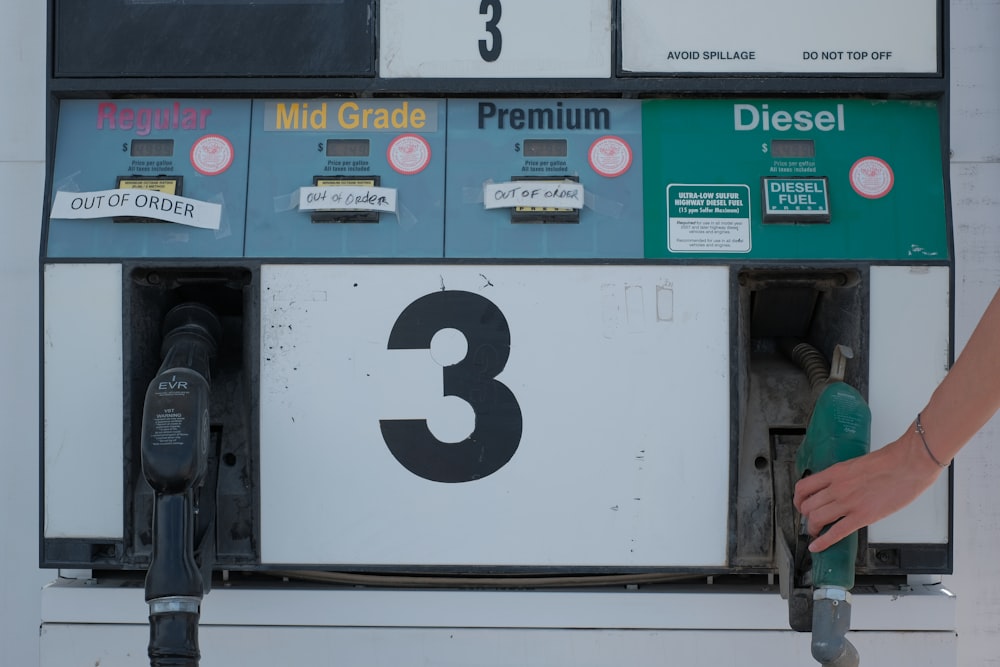

Gas prices have started to climb up ahead of the summer driving season. The national average for a gallon of gas spiked to $3.53, up from $3.26 a month ago, per the American Automobile Association (AAA). Most of the surge is due to the recent rise in crude oil prices and the upcoming summer driving season, which typically leads to an increase in gasoline demand.The solid trend is likely to continue, with AAA projecting gas prices to hit the highest level since the summer of 2022 at $4 per gallon. Investors could easily take advantage of surging gas prices by focusing on the pure-play United States Gasoline ETF (UGA – Free Report), which allows investors to make a direct play on the commodity of RBOB gasoline. The fund has risen 7.8% over the past month.
Inside the Surge
Oil prices have been rising in recent weeks on concerns over Russian supply following increased Ukrainian drone strikes. Additionally, lower crude exports from Saudi Arabia and Iraq, along with signs of stronger demand in China and the United States and higher demand forecasts by the International Energy Agency, resulted in the rise.Additionally, warmer weather typically means higher demand for gas, especially in March and April, which can push prices up. This is because demand for gas picks up in spring as refineries switch to the more expensive summer blend.Further, increased refinery processing and a drop in gasoline inventories amid rising demand drove gas prices at the pump.
UGA in Focus
United States Gasoline ETF is designed to track the movements of gasoline prices in percentage terms. The benchmark futures contract is the contract on gasoline as traded on the NYMEX. If the near-month contract is within two weeks of expiration, the benchmark will be the next-month contract to expire.United States Gasoline ETF is illiquid, with a daily trading volume of about 28,000, suggesting that investors have to pay beyond the annual fee of 0.97% per year. The fund has managed assets of $117 million.As traders need to roll from one futures contract to another, the fund is susceptible to roll yield. Notably, roll yield is positive when the futures market is in backwardation and negative when the futures market is in contango. Basically, if the price of the near-month contract is higher than the next-month futures contract, then it is backwardation, and the opposite holds true in contango.
State of Backwardation on UGA
United States Gasoline ETF is poised to benefit from the prolonged period of backwardation, where later-dated contracts are cheaper than near-term contracts. Currently, the gasoline market is in backwardation, which is favorable for the commodity and the gasoline ETF UGA. As such, the fund continues to roll over next-month futures contracts at a lower price, thereby making profits. This signals continued bullishness in the commodity. This trend is likely to persist at least in the near term, acting as the biggest catalyst for the commodity.
Bottom Line
Given that gasoline prices are on the rise and will continue to remain steep at least in the near term, UGA could be an interesting pick for investors looking to make a concentrated play on the gasoline segment of the energy market.More By This Author:Energy ETFs Hit New 52-Week High On Oil Price Surge
5 ETFs To Tap Microsoft’s Strength
5 ETF Volume Leaders Of Yesterday















